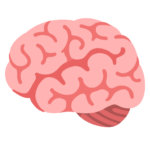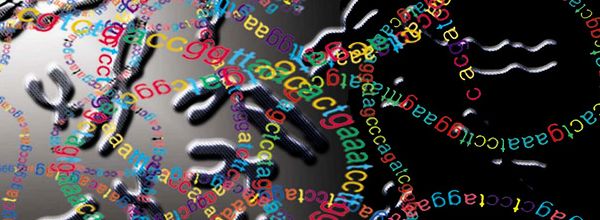Genomic Science has come a long way since the early days of Sanger sequencing in the 1970’s. Today, there are jazzy new sequencing technologies that include fragment analysis, epigenetic sequencing, RNA/transcriptome sequencing and Next Generation Sequencing (NGS). Increasingly these technologies are becoming more accessible, but they still require highly specialized (read: expensive) equipment. Unless your lab director has hit the grant trifecta and bought NGS instrumentation, the chances are that you will need to complete your NGS study with the services of a specialized core facility or an outside company. If you’re wondering how to choose the right strategy for outsourcing your first (or even second or third) NGS experiment, look no further. Here are a few thoughts to consider as you make your decision:
Do You Really Need It?
NGS is a sexy high-throughput sequencing tool that can aid in gene discovery and mutation analysis. But don’t let it become the proverbial sledgehammer that you use to crack a nut. Maybe you don’t need NGS after all. If a boring PCR reaction will test your hypothesis, by all means do it instead. Save those extra funds for disposable supplies or a no-cost extension on your grant. If NGS is necessary for your project, then press on.
In-house or Out-house?
To answer this question, browse your institutional core facility’s website, read about their offerings and make sure that they provide the NGS services that you need. If they don’t, it’s time to outsource. Even if your institution does offer NGS service, be sure to do some comparison-shopping. It may pay to ship your samples across the country if the savings, performance and/or services offered by an outside company are superior to your in-house options. Examine all reasonable possibilities and keep an open mind.
Costs: How Low Can You Go?
Use the minimum number of samples you need to achieve statistically significant results. If you’re not in a hurry, you can use the standard delivery time and avoid extra “rush” charges. If you have just a few samples, seek out colleagues who also conduct NGS experiments and explore the possibility of bundling samples together as a way to achieve volume discounts with the NGS provider. Ideally, if you can find an NGS lab in the process of setting up shop, they may run your samples for a reduced cost as a way to test their system and calibrate their equipment.
Enjoying this article? Get hard-won lab wisdom like this delivered to your inbox 3x a week.

Join over 65,000 fellow researchers saving time, reducing stress, and seeing their experiments succeed. Unsubscribe anytime.
Next issue goes out tomorrow; don’t miss it.
Analyze This?
You want a helpful NGS provider who will offer you customized analysis that can be adapted to fit your specific needs. Speak directly with the provider long before you prepare your samples. The best NGS labs will assist you with experimental design and analysis to achieve your scientific goals for the project. During your discussions you can gauge how it might be to work with them after the bill is paid, but when your results are still confusing and need additional analysis. Will they ignore your urgent e-mails the day before your grant deadline or add extra charges after the fact? Ensure that the NGS provider will be responsive to you and offer excellent customer service.
Finally, consider asking your potential NGS provider for references (ie. names of previous customers). It can be enlightening to speak with other scientists who have worked with this same facility and can offer valuable insights based on their own positive or negative experiences.
In summary, think carefully about your choices and make sure you feel comfortable before you commit to the NGS facility of your choice. This is a big financial investment. So, give yourself the time for thoughtful deliberation and due diligence as you would for any major purchase. When you kiss your samples good-bye, you want to be sure you get the best results in return. Good luck!
You made it to the end—nice work! If you’re the kind of scientist who likes figuring things out without wasting half a day on trial and error, you’ll love our newsletter. Get 3 quick reads a week, packed with hard-won lab wisdom. Join FREE here.





